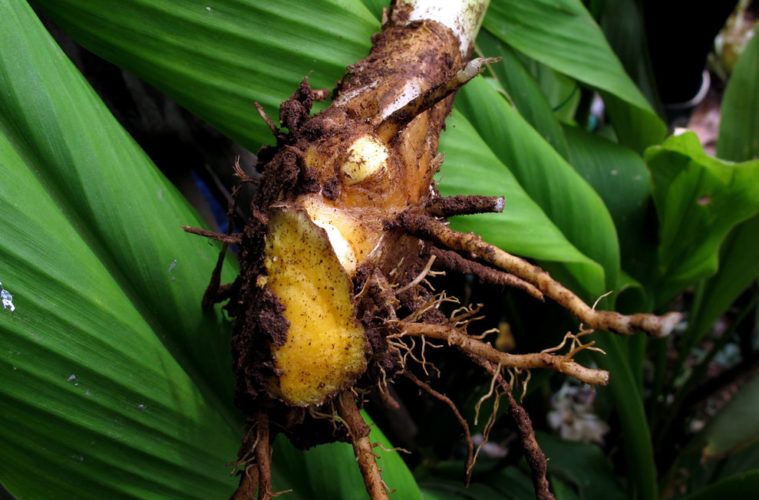Turmeric isn’t just for adding flavour to food, it also benefits health and looks beautiful in the garden.
It’s surprisingly easy to grow, however it requires a little patience. Here’s how to grow turmeric, and how to use it in your cooking.
PLANTING
Look for the freshest rhizomes you can find, preferably with a few sprouting buds (they look like small horns popping out of the skin).
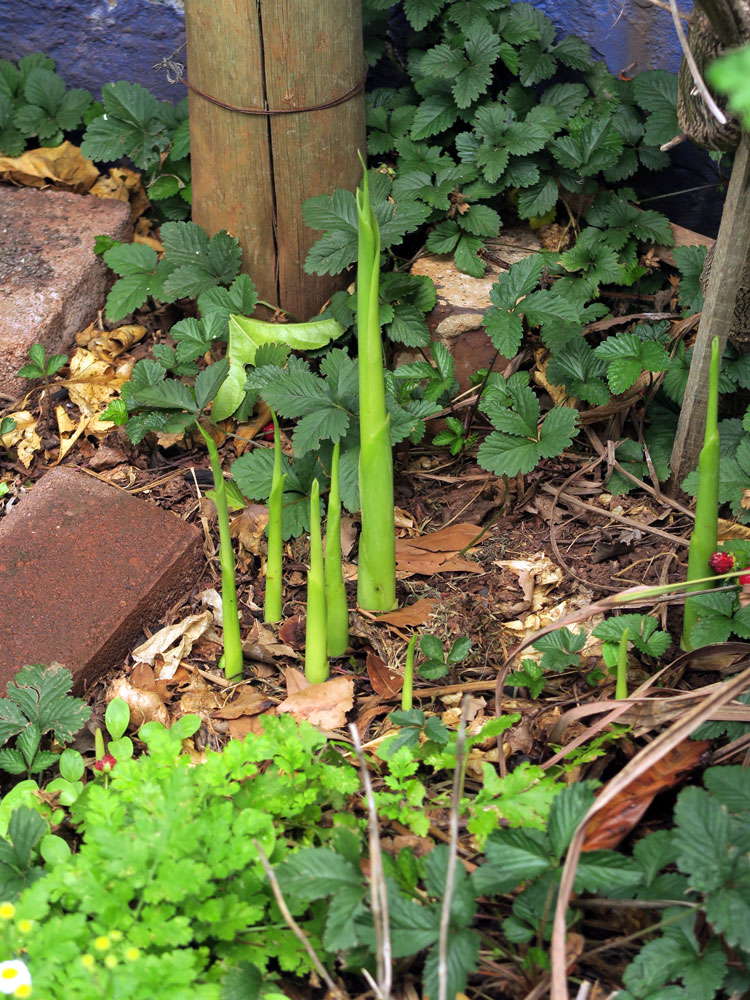
Turmeric likes fertile, well-drained soil, and although it thrives in hot weather, it doesn’t do well in full sun, preferring morning or filtered sun only. Wait until daytime temperatures are above 20°C before planting.
A few days before, cut the rhizomes into 5–8cm long pieces, making sure each one has at least two buds. Cutting them ahead of time allows the surfaces to dry, reducing the chance of disease.
READ MORE: Growing Garlic: Vegetable Gardening
Plant the rhizome at an angle, with one side about 7cm deep, and the other just below the surface. Position it so that the growth buds point upwards. Cover with compost and press down firmly. Water well until the ground around the rhizome is soaked; keep it moist until the first green shoots appear – which can take anything from 20–45 days.
TIPS TO GROW TURMERIC
Turmeric grows about a metre high and has shiny green leaves. In fertile soil, it’ll need little more than a compost mulch after harvesting, and a side dressing of bonemeal and Talborne Organics Vita Grow (2:3:2) in spring.
For the first year, leave it to become established before harvesting. Look out for the exquisite flowers, which form at the base of the leaves in midsummer.
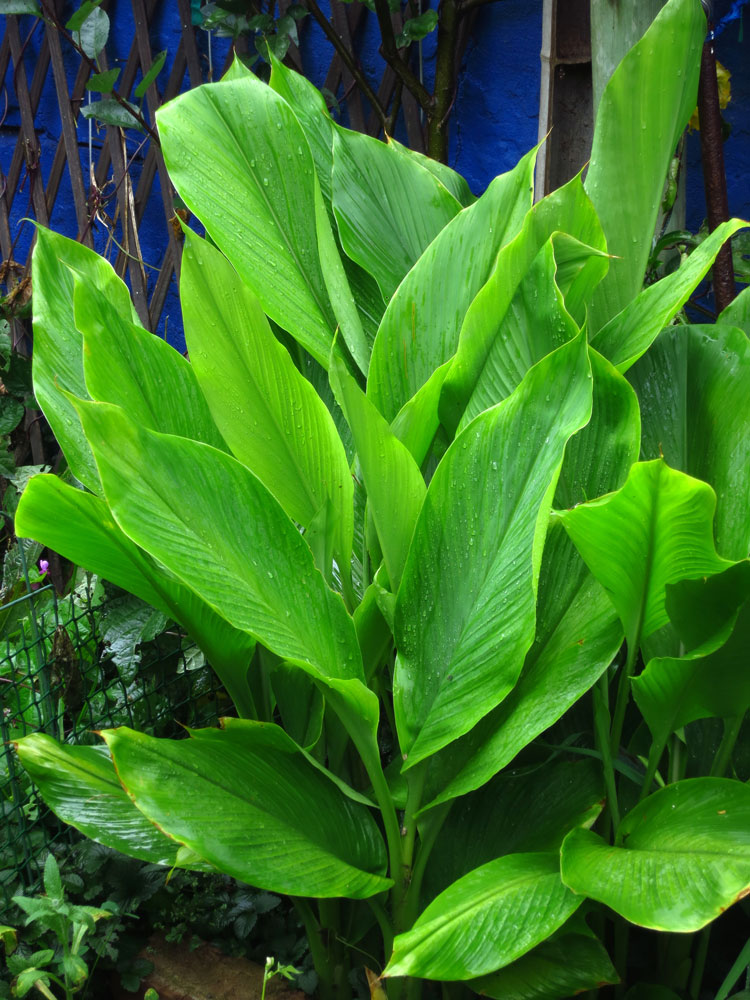
In late autumn it begins to die back, and by the beginning of winter, the leaves will have turned brown and withered. Mulch well with compost and it’ll pop up again in late spring, as soon as the weather is warm enough.
It spreads by growing new rhizomes underground, forming large clumps above ground.
You can also grow turmeric in containers. Make sure that they are at least 30cm deep and don’t let the soil dry out.
RELATED: 10 Vegetables and herbs for small spaces
PESTS AND DISEASES
In hot dry weather, spider mites can be a problem. Spraying with water mixed with garlic oil will sort them out. In very moist hot weather, fungal diseases can affect the leaves. Spray with 1 part milk to 4 parts water to prevent this.
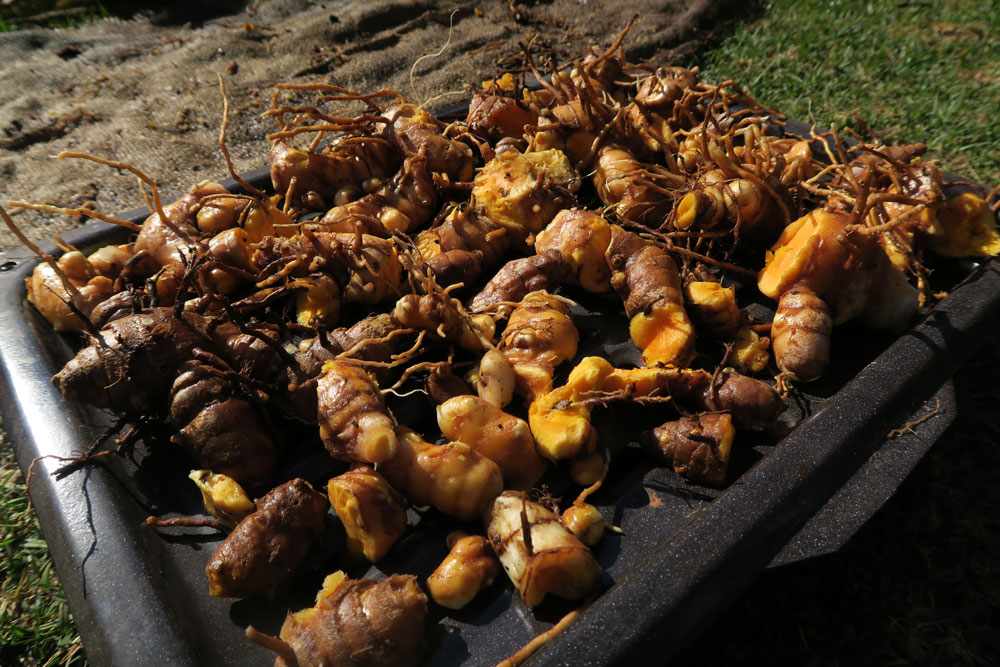
HARVESTING
Once established, you can harvest pieces of root off the side of the plant throughout summer. In late autumn or early winter, once the leaves have died down, push a fork deep into the ground under a section of the plant and lift the rhizomes. Cut the stems off and place the rhizomes on a hessian sack. Give them a good wash with a hose on a high pressure setting, turning and rubbing to remove all the soil. They’ll keep, refrigerated, for three to four weeks. If you need to keep them longer, cut into manageable pieces and freeze in an air-tight container.
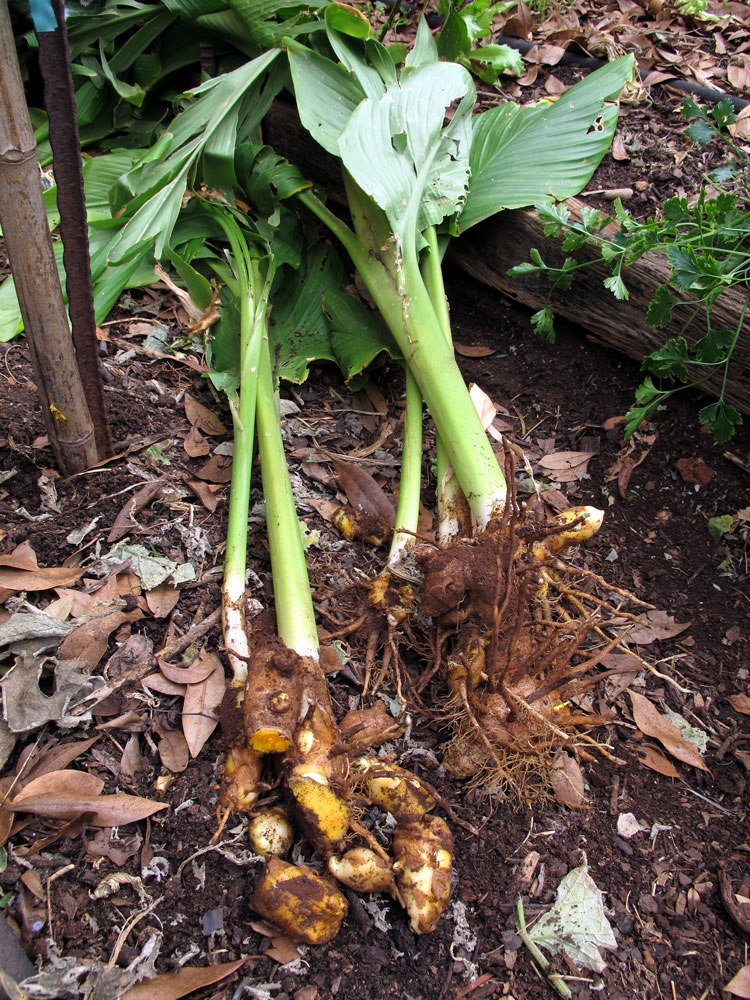
EATING AND USING TURMERIC
The roots, leaves and flowers are all edible. Aromatic roots add flavour to curries, marinades and rice.
YOU MIGHT LIKE: How to use edible flowers
Fresh turmeric root has a more intense taste than dried and isn’t as bitter. It contains plenty of curcumin, an effective anti-inflammatory. To obtain the maximum benefit, mix it with black pepper, as its active ingredient, piperine, aids the body’s digestion and absorption of curcumin. Warming turmeric and mixing it with fat also increases its efficacy. Add it to smoothies or warm milk with other spices.
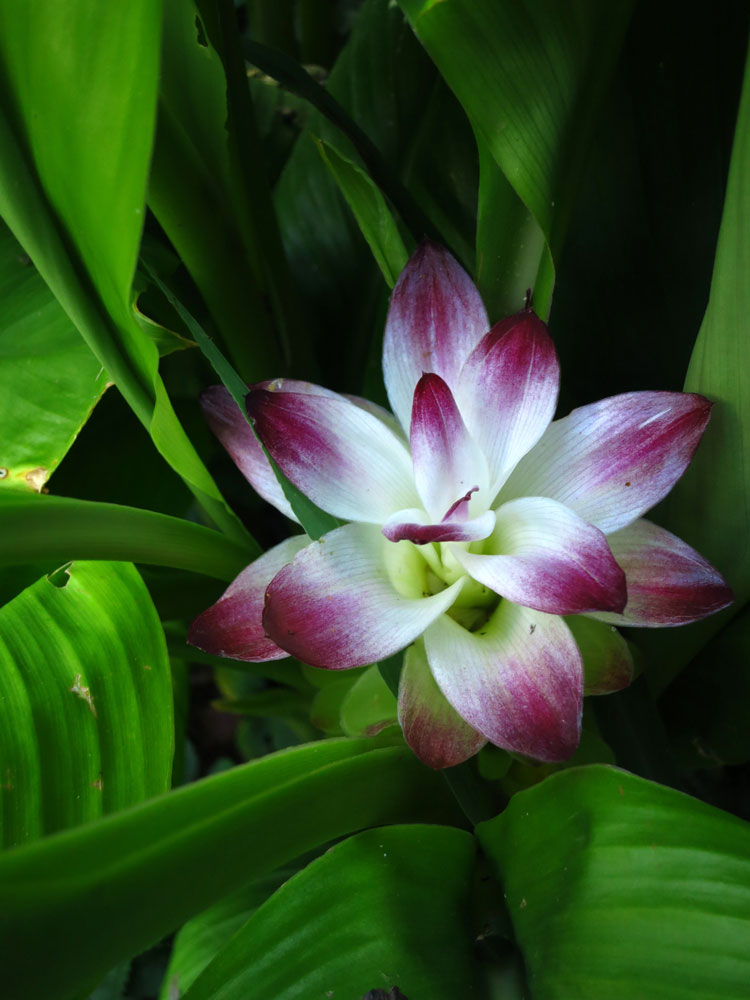
The flowers give an exotic flourish to salads, and fresh leaves impart a subtle turmeric flavour if torn and added to curries and soups at the end of cooking. It goes particularly well with coconut dishes. The leaves are also delicious as wraps for sticky rice buns, or as parcels for steamed fish.
To make turmeric powder, cut rhizomes into slices and leave to dry before grinding in a spice or coffee grinder. Note: Fresh turmeric stains everything yellow.
Although natural, herbal remedies can be toxic. Use them with caution.

